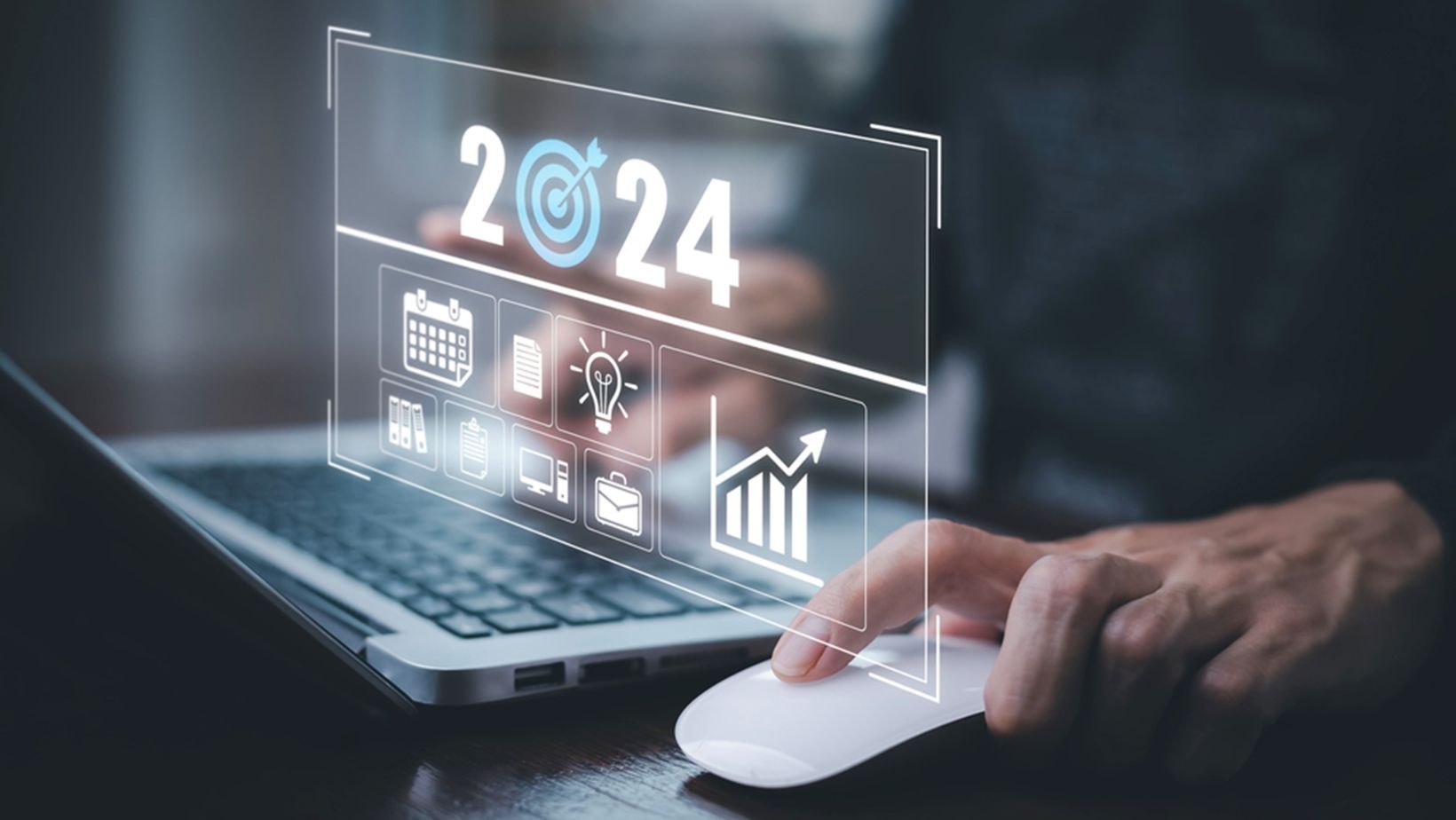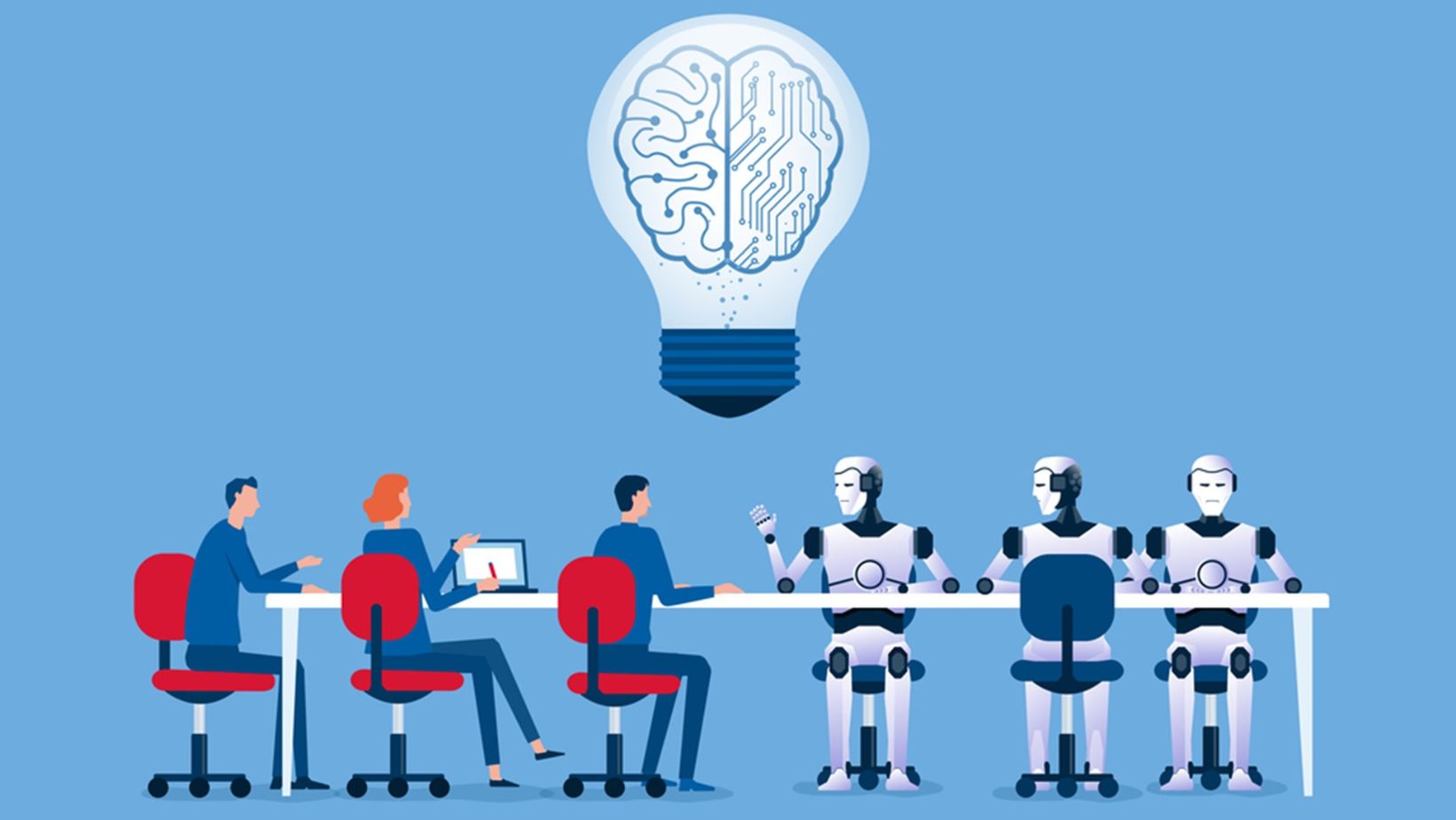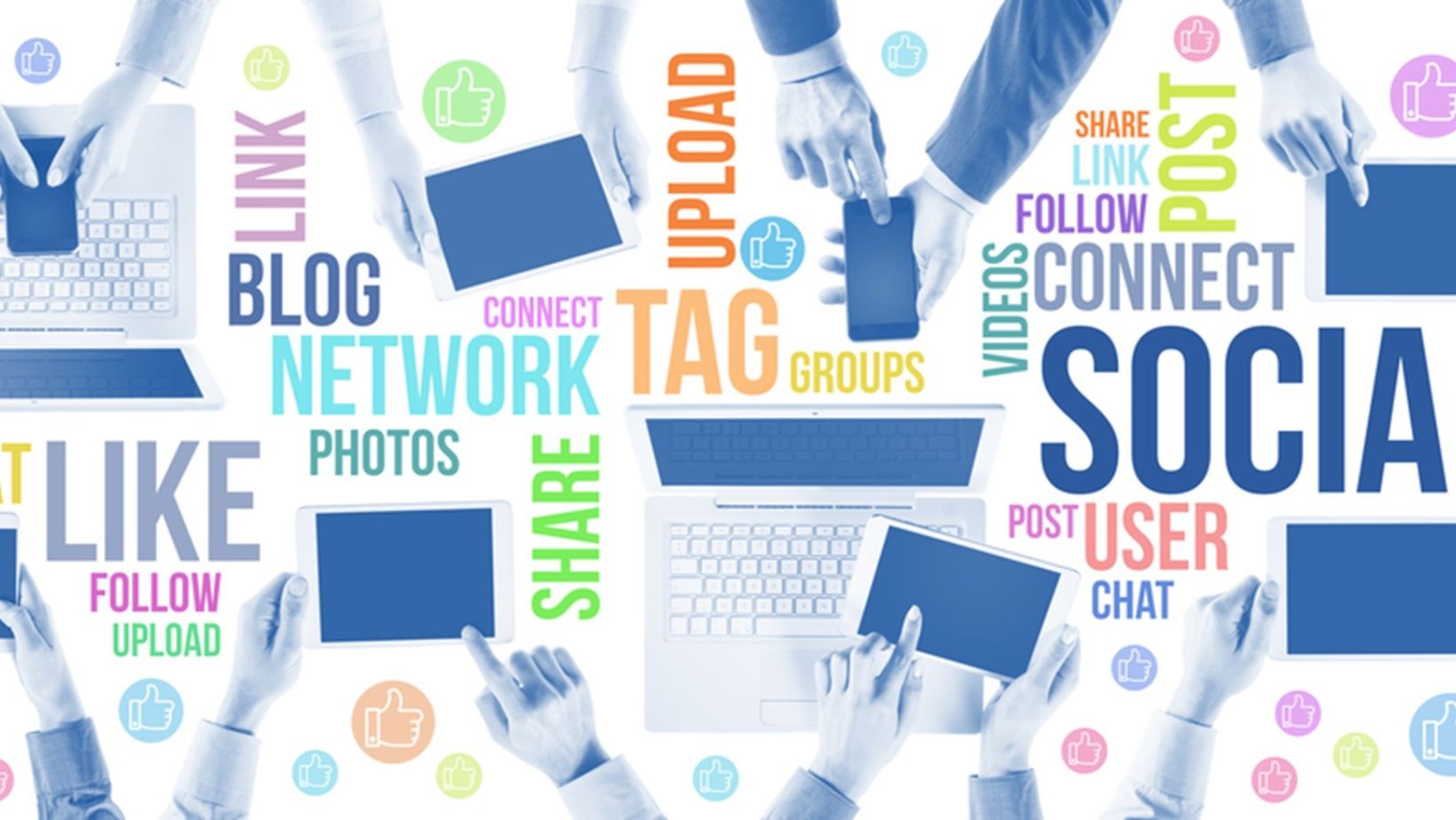
marketing images by Depositphotos.com
Have you noticed the transformation in marketing images over the last few years? While they used to feature print materials and various analytical tools, nowadays, technology is at the forefront of the field. It assists in automating tasks, improving customer interactions, and analyzing large datasets.
How will this impact the work of marketers in 2024? Let’s break it down. This article highlights the most significant marketing trends for this year.
Meaningful Future Trends in Digital Marketing
Digital marketing trends evolve each year. This happens due to an active integration of new technologies in this field, such as artificial intelligence, machine learning, and predictive analytics. Nonetheless, the scope of digital marketing will remain the same in the future, although approaches to analyzing target audiences and creating promotion strategies will evolve.
FAQ: What will Marketing be Like in the Future?
Technologies notably impact marketing, allowing businesses to create sophisticated target audience profiles based on large data sets and customize user messages. According to Forbes, by 2024, the industry is expected to undergo significant changes, such as the widespread implementation of AI-driven interactions, augmented reality, ethical marketing, hyper-personalization, and the dominance of short-form content.
#1 AI-based Interactions
The future of AI in digital marketing is promising, as this tech has the potential to make promotional tasks a whole lot easier. Right now, artificial intelligence can whip up content tailored to different writing styles, aid in brainstorming fresh ideas, and help organize data.

As Forrester’s VP and Principal Analyst Laura Ramos argues, generative AI is projected to influence one in every five new B2B product launches. The quick sorting through structured and unstructured data by Gen AI is expected to uncover unique and non-obvious capabilities, including these features in 20% of the products brought to market.
#2 Voice Search
According to Reuters, the number of active voice assistant devices worldwide is expected to double, reaching 8.4 billion units in 2024. This will greatly impact marketing, especially in the SEO field.
If before, users typed in keywords as they would in regular writing, 2024 is bringing a shift. With the rise of voice search, queries are becoming more natural. For example, instead of the old-school “Buy vacuum cleaner,” users might soon ask, “Where can I buy a vacuum cleaner?” For businesses, this means that in 2024, it’s crucial to hone in on expanding keywords tailored for voice search and beefing up the semantic core of their websites.
FAQ: What is Predicted as the Future of E-commerce Marketing?
In 2024, one of the major game-changers for e-commerce is expected to be Augmented Reality (AR). This technology can help retailers break down the barriers between online and physical shopping. AR brings online product viewing into the real world, and large brands are already getting on board. For example, IKEA developed the Place app, letting its customers see if a particular piece of furniture fits seamlessly into their home’s design. From a marketing point of view, this can significantly increase sales and deliver exceptional customer experience.
#3 Hyper-Personalization
Although the personalization trend in marketing has been around for some time, it will get even more fuel in 2024. That’s because today’s consumers lean towards brands that provide a one-of-a-kind experience.
With the help of predictive analytics and artificial intelligence, industry professionals can gather and analyze user data from various sources.

This approach lets them completely understand their customers, facilitating the delivery of highly personalized and valuable content. As highlighted by 40% of respondents, hyper-personalization stands out as one of the top AI strategies for businesses.
#4 The Rise of Social Commerce
The Association of National Advertisers predicts a surge in social commerce in 2024, signaling a heightened promotion of products and services through social platforms. Moreover, based on Oberlo’s forecast, there is a projected 30.8% increase in this field, reaching approximately $1.6 trillion.
In 2024, more consumers will turn to platforms like Facebook, Instagram, TikTok, and LinkedIn to discover sellers’ products. To be prepared, brands should fine-tune their profiles and invest in crafting valuable content that motivates users to purchase.
FAQ: How Will Marketing Change in the next Ten Years?
The future of AI in marketing is set to be a game-changer over the next ten years. It will allow industry experts to concentrate on strategic tasks rather than mundane ones. According to the Marketing AI Institute, marketers can expect their roles to revolve around crafting highly personalized messages, overseeing team structures, delving into extensive data analysis, and implementing brand optimization practices in the coming decade.
The Future of Social Media in Marketing
Social media has been and remains a primary channel for marketing, especially for small businesses. Unlike other platforms, they already have a massive audience and encourage the creation of strong communities.
In 2024, the following trends will dominate the landscape of social media:

- Transformation into full-fledged marketplaces. This means that people will increasingly make purchases through social media, bypassing websites.
- Increase in the number of short-form videos. These formats are more engaging, making them more likely to capture user attention.
- The rise of interactive content. To make a purchase, consumers prefer to learn more about a brand. This means that businesses should not just publish content but actively engage users.
- Community building through user-generated content. Users no longer trust direct, aggressive advertising. To genuinely inspire them to make a purchase, brands are increasingly focusing on user-generated content that looks native.
FAQ: What is the Future of Marketing in 2030?
Think with Google suggests that 2030 will mark an era where marketing combines creativity, technology, and data seamlessly. This means that industry professionals will lean more on artificial intelligence and big data. However, the key to advancing businesses will still be in the hands of people, as they dictate the rules for technological solutions.
Conclusion
In marketing, one of the toughest challenges has always been anticipating consumer preferences and crafting brand messages that resonate with a target audience. Yet, thanks to the advancements in artificial intelligence and big data analysis, things are getting a lot more straightforward. The year 2024 holds the promise of a breakthrough in marketing strategies.















